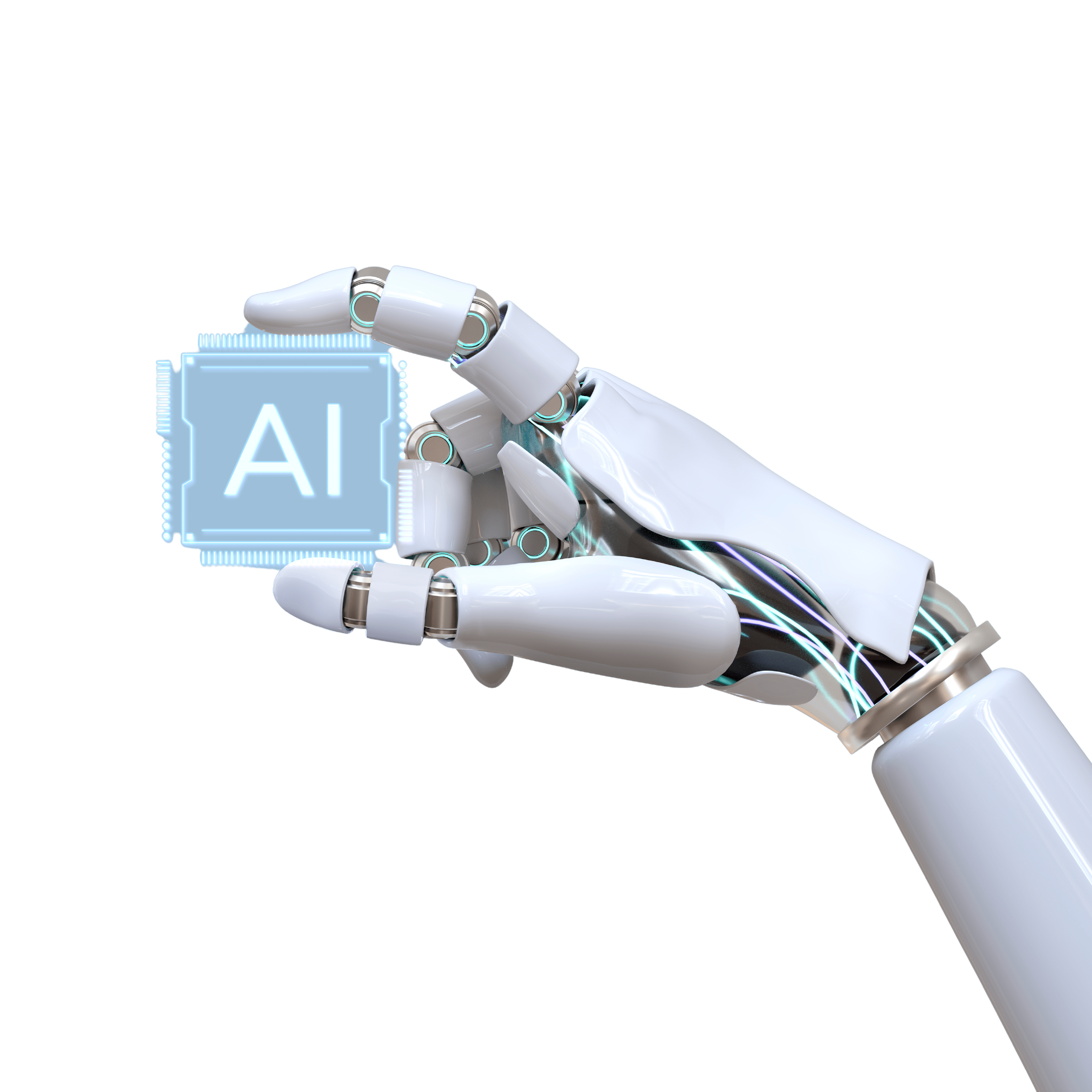
In recent years, the rapid advancement of artificial intelligence (AI) has sparked debates and concerns about its potential to replace human workers across various industries. Among these discussions, the role of AI in IT development has garnered significant attention. Can AI truly replace IT developers, or is it merely a tool to augment human capabilities? In this article, we’ll delve into this topic, debunk some myths, and explore the possibilities that AI brings to the table in the realm of IT development.
Myth #1: AI Will Completely Replace IT Developers
One common misconception is that AI will render IT developers obsolete, leading to widespread job loss. However, this view oversimplifies the complexity of IT development and underestimates the creative and problem-solving abilities of human developers. While AI has made strides in automating certain tasks, such as code generation and bug detection, it still lacks the nuanced understanding and contextual reasoning skills that human developers possess. AI excels at repetitive tasks and data-driven processes but falls short when it comes to complex decision-making and innovation.
Reality: AI Augments Rather Than Replaces IT Developers
Instead of replacing IT developers, AI serves as a powerful tool to augment their capabilities and streamline the development process. For instance, AI-powered tools can assist developers in writing code more efficiently, identifying vulnerabilities, and optimizing performance. By automating routine tasks, AI frees up developers’ time to focus on higher-level tasks that require human ingenuity, such as problem-solving, creativity, and collaboration. In this way, AI enhances productivity and accelerates innovation within IT development teams.
Myth #2: AI Will Produce Higher-Quality Code Than Human Developers
Another misconception is that AI algorithms can produce code that is superior in quality to that written by human developers. While AI-generated code may exhibit certain efficiencies, such as reduced bugs and improved performance, it often lacks the elegance, readability, and domain-specific knowledge that human developers bring to their code. Writing code is not just about solving technical problems; it’s also about understanding the needs of end-users, anticipating edge cases, and adhering to best practices and industry standards.
Reality: Human Oversight Is Essential in IT Development
While AI can automate certain aspects of code generation and optimization, human oversight remains essential to ensure the quality, reliability, and security of software applications. Human developers bring a wealth of experience, expertise, and judgment to the table, enabling them to make informed decisions and mitigate risks throughout the development lifecycle. By combining the strengths of AI and human developers, organizations can achieve better outcomes and deliver high-quality software that meets the needs of end-users.
The Future of AI in IT Development
As AI continues to advance, its role in IT development will evolve alongside human expertise and ingenuity. Rather than viewing AI as a threat to job security, IT developers can embrace it as a valuable ally in their quest to build innovative and impactful solutions. By leveraging AI-powered tools and technologies, developers can streamline their workflows, boost productivity, and unlock new possibilities in software development.
Conclusion:
Although concerns about the future of IT developers have been sparked by the development of artificial intelligence, it is important to remember that AI is not going to completely replace human workers. Rather, AI enhances IT developers’ talents, allowing them to operate more productively, effectively, and creatively. Developers may leverage AI’s potential to boost innovation, enhance software quality, and provide value to both end users and enterprises by adopting it as a supplementary tool. The combination of artificial intelligence and human intelligence has the potential to propel advancement and influence the direction of technology in the dynamic field of IT development.
